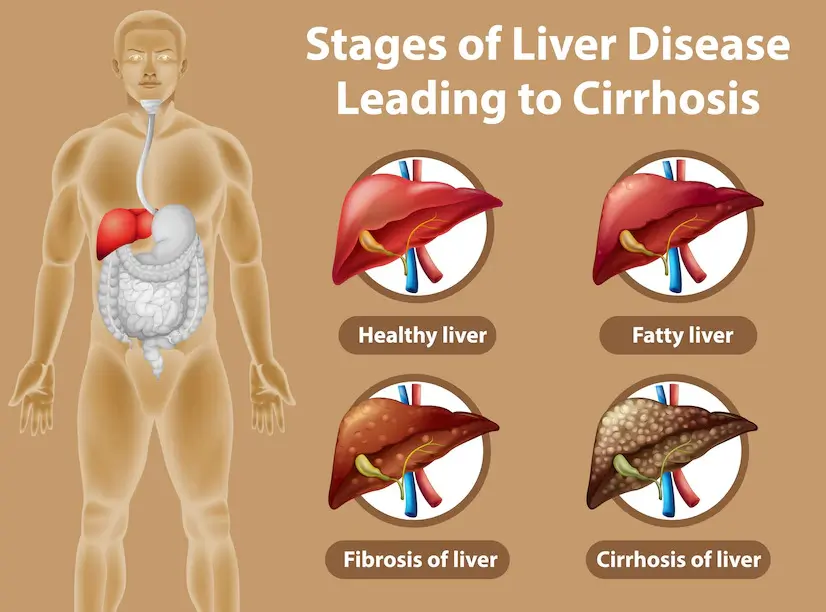
Discovering the Key Indicators of Liver Disease through Ultrasound
Liver disease is a prevalent health issue that affects millions of people worldwide. Identifying and diagnosing liver disease at an early stage is crucial for effective treatment and management. Ultrasound imaging, also known as sonography, has emerged as a valuable diagnostic tool for detecting various liver conditions. In this article, we will delve into the key indicators of liver disease that can be detected through ultrasound, providing you with a comprehensive understanding of this invaluable diagnostic technique.
Understanding Liver Disease:
Before delving into the role of elastography ultrasound in detecting liver disease, let’s briefly explore what liver disease entails. Liver disease refers to any condition that affects the liver’s structure and function. It can arise from various factors, including viral infections, excessive alcohol consumption, obesity, autoimmune disorders, or genetic abnormalities. If left untreated, liver disease can progress to more severe conditions such as cirrhosis or liver failure.
The Role of Ultrasound in Liver Disease Diagnosis:
Ultrasound Liver images have revolutionised medical diagnostics, and liver disease detection is no exception. Unlike other imaging techniques, such as CT or MRI, ultrasound is non-invasive, painless, and does not involve exposure to ionizing radiation. It uses high-frequency sound waves to create real-time images of the liver, allowing doctors to assess its structure and identify any abnormalities.
The Detection of Liver Disease
- Liver Size and Shape:
One of the primary observations made through ultrasound imaging is the liver’s size and shape. A healthy liver is smooth and without any noticeable irregularities. However, in liver diseases such as cirrhosis, the liver may appear enlarged, with a nodular or uneven surface. These visual indicators can assist in determining the extent of liver damage and aids in formulating an appropriate treatment plan.
- Fatty Liver Disease:
Non-alcoholic fatty liver disease (NAFLD) is a widespread condition characterized by the accumulation of fat in the liver cells. Ultrasound can accurately detect the presence of excess fat, providing early indications of this condition. The ultrasound image shows a bright, hyperechoic liver, caused by the fat deposits. Diagnosing fatty liver disease in its early stages is crucial, as it can progress to more severe conditions like liver fibrosis or cirrhosis.
- Hepatic Masses and Tumors:
Liver tumors, both benign and malignant, can be effectively detected using ultrasound imaging. The images can help differentiate between different types of tumors, assess their size and location, and guide further diagnostic procedures, such as biopsies or additional imaging tests. Early detection of liver tumors is critical for successful treatment outcomes.
- Portal Hypertension:
Ultrasound can identify signs of portal hypertension, a condition where there is increased blood pressure in the portal vein, which supplies blood to the liver. By assessing the liver’s blood flow and the diameter of the portal vein, ultrasound can help determine the severity of portal hypertension and assist in managing the condition accordingly.
Liver Disease Treatments
Ultrasound imaging plays a vital role in the early detection and diagnosis of liver disease. By providing detailed images of the liver’s structure and identifying specific indicators, such as liver size, fatty deposits, hepatic masses, and portal hypertension, ultrasound helps healthcare professionals develop personalised treatment plans. If you suspect liver disease, please make contact with our experienced team at London Private Ultrasound who can recommend appropriate blood tests, liver and or abdominal scans and provide GP consultation before, during and after any appointment. They will be able to evaluate your symptoms and recommend further diagnostic procedures or appropriate next steps.
Please select the options of call and chat provided or simply follow the links to book a convenient date and time for your appointment.
We are based in Central London – just a few moments walk from Bond Street Tube station and can often arrange emergency and same-day appointments.

